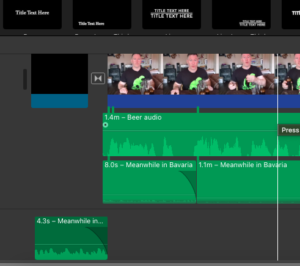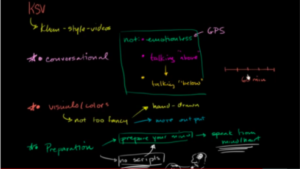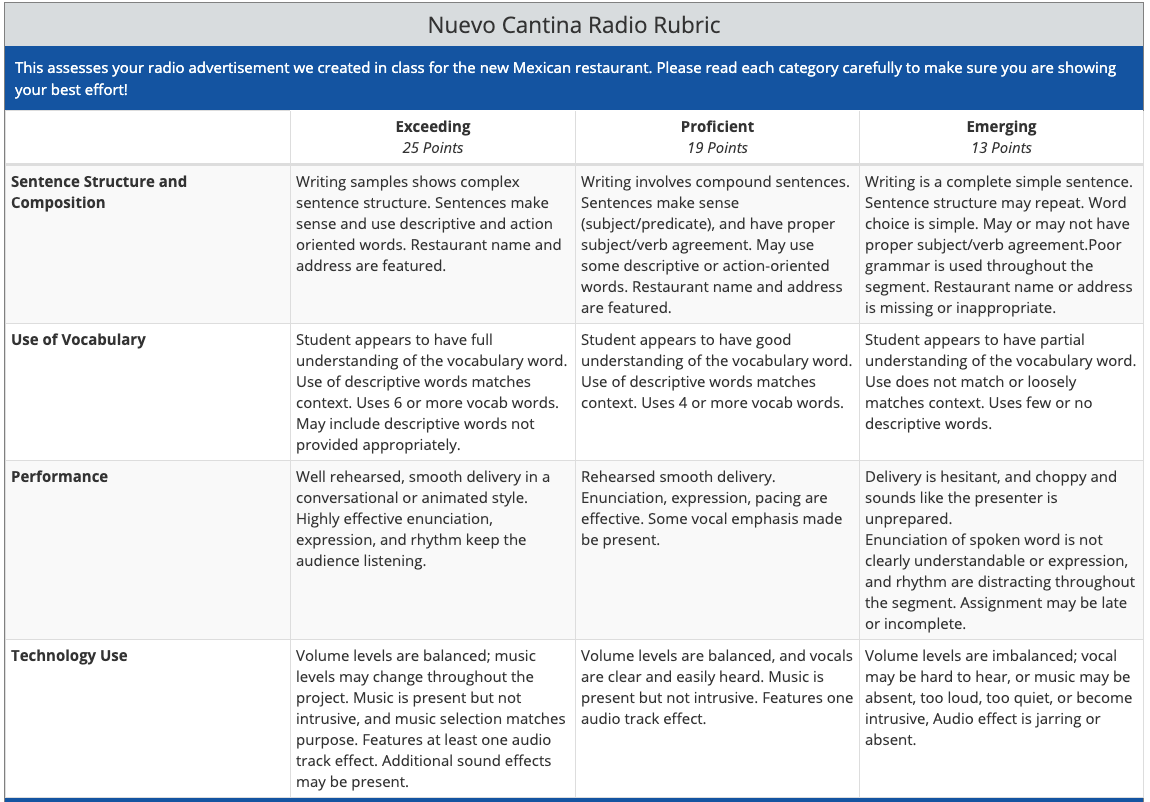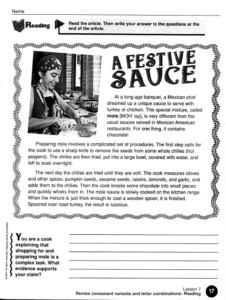Part I
One of the 6+1 traits of writing skills used in developing students’ creative compositions is sequencing. Sequencing helps develop a flow or storyline in writing, and is an extension of the primary concept of ‘beginning, middle, end’. This assignment is designed for an intermediate grade level of 4 or 5 Language Arts program, and can be accomplished using the school hardware (MacBook Airs with iMovie installed), or using a personal mobile or video recording device. Because the school has a OneDrive subscription, all student work can be uploaded to the Cloud and accessed either at home or at school. Student completed work can shared either through YouTube, or through the school’s online repository, BetterEducate.
Learning outcome:
Student will be able to create a simple progressive sequence of events to demonstrate an everyday routine. Suggestions include: Brushing teeth, baking cookies, operating a machine such as a motorcycle or sewing machine, making a sandwich, doing household chores.
Completion criteria include:
• A title
• Audio that is audible and clear
• Two different camera perspectives.
• A clearly defined purpose
• A script that accompanies the video project
• Credits
Assignments should be submitted by April 1st at the latest. If you have any questions or technical difficulties, please contact Mr. MacGregor as soon as possible. Note that school equipment is not available outside of school hours or to take home under any circumstances.
If you forget how to use iMovie, click here for a refresher.
We will hold a screening party and a critics’ panel in the week following submissions, and all individual videos will be shared back to our parents or family units.
Part II
This project is designed for intermediate students in grades 6 and 7, for French class, specifically focusing on two parts; first, using the available equipment to shoot and edit sequential, cohesive video, and second; using appropriate pronouns and vocabulary to communicate simple statements and facts in French. Most work should be accomplished using the school hardware (MacBook Airs with iMovie installed), or using a personal mobile or video recording device. For exceptions, please have a discussion with Mr. MacGregor before starting.
Because the school has a OneDrive subscription, all student work can be uploaded to the Cloud and accessed either at home or at school. Student completed work can shared either through YouTube, or through the school’s online repository, BetterEducate.
Learning outcome:
Student will create a simple autobiography that introduces themselves and their family. This should be followed by a chronological sequence of events to demonstrate their everyday routine. Suggestions include: Brushing teeth, baking cookies, operating a machine such as a motorcycle or sewing machine, making a sandwich, doing household chores, going to school. This should be reflective of a ‘day in the life’, and should feature around 8 – 10 vignettes or events that you accomplish as you move through your day.
Completion criteria include:
• A title and credits
• Edited, with appropriate transitions
• Audio that is audible and clear
• At least two or three different camera perspectives
• Logical events and event sequencing
• A script that accompanies the video project; this may be story-boarded
• Credits
• Appropriate use of, and pronunciation of, French verbs and vocabulary.
Assignments should be submitted by April 15th at the latest. If you have any questions or technical difficulties, please contact Mr. MacGregor as soon as possible. Remember to review your audio and video after each shot to make sure you are happy with the quality. Note that school equipment is not available outside of school hours or to take home under any circumstances.
Helpful Links
If you forget how to use iMovie, click here for a refresher.
If you forget how to conjugate certain verbs, or can’t remember something in French, try clicking here.
If you need background music, try some of the sites listed here.
Recording problems? Try checking out these tips.
And finally, some tips and tricks to improve your lighting.
We will hold a screening party and a critics’ panel in the week following submissions, and all individual videos will be shared back to our parents or family units during our on-line film festival on the 20th of April.





